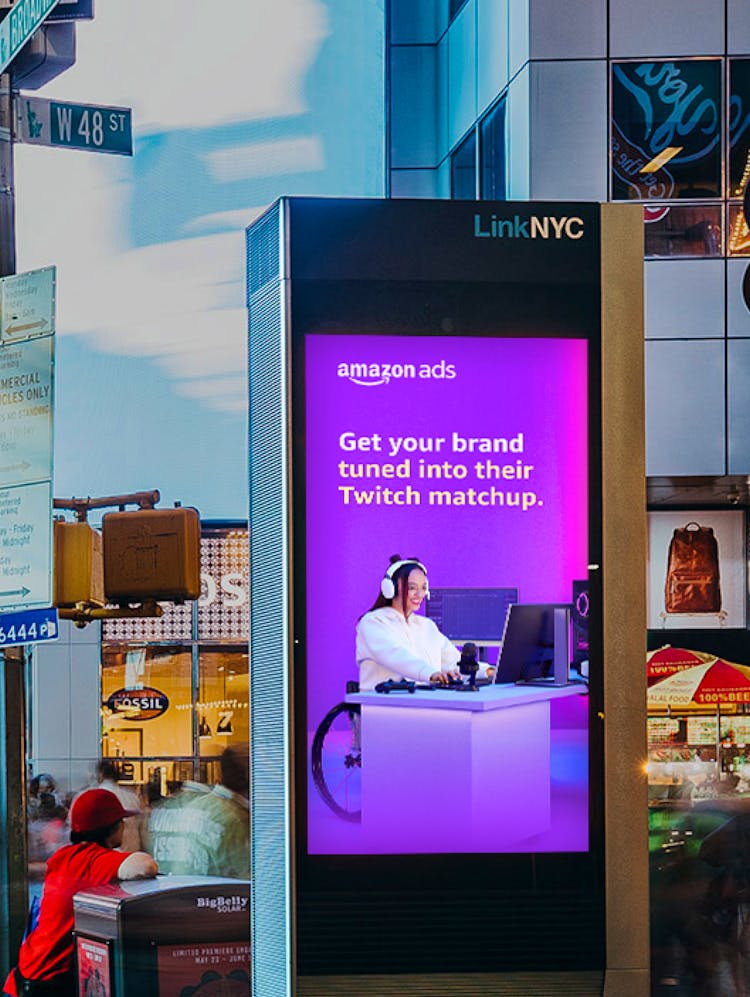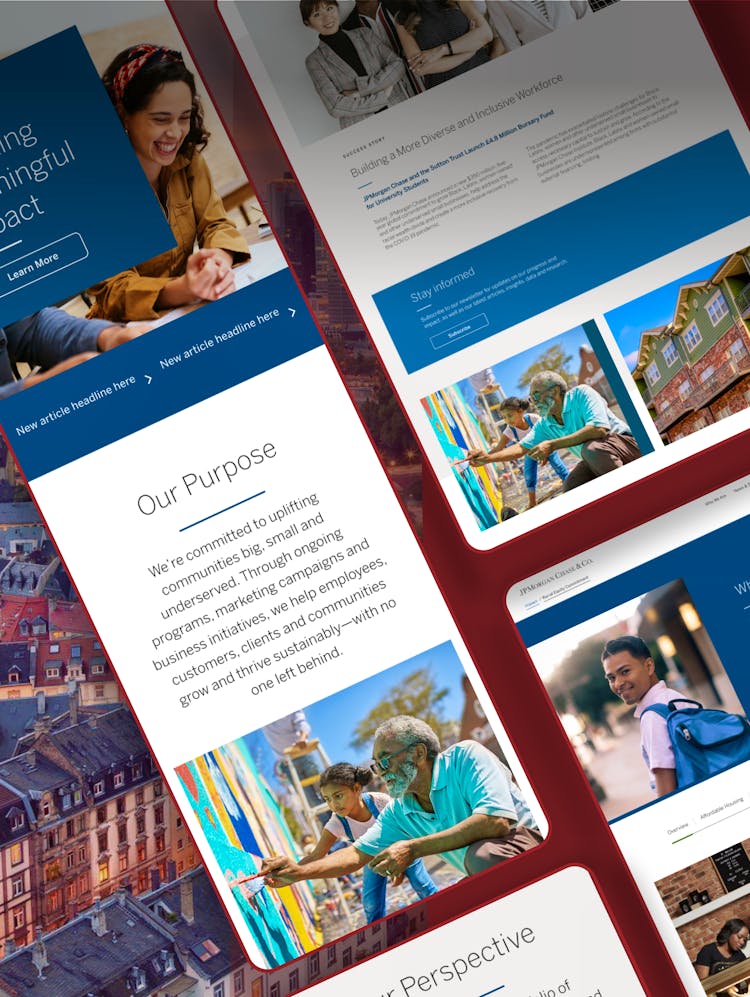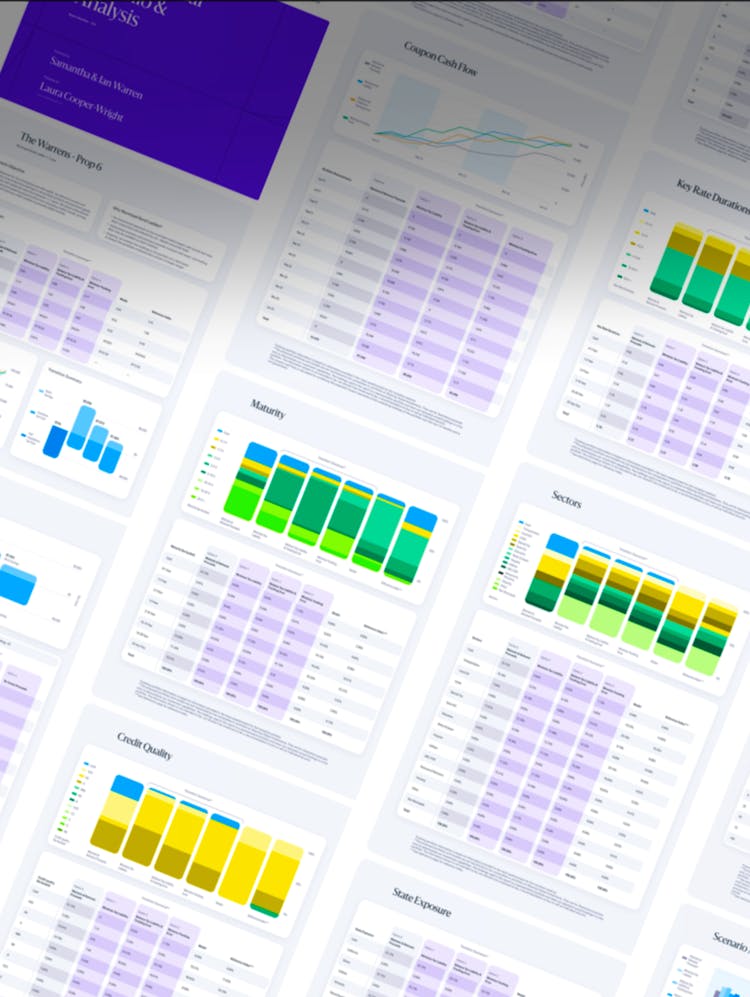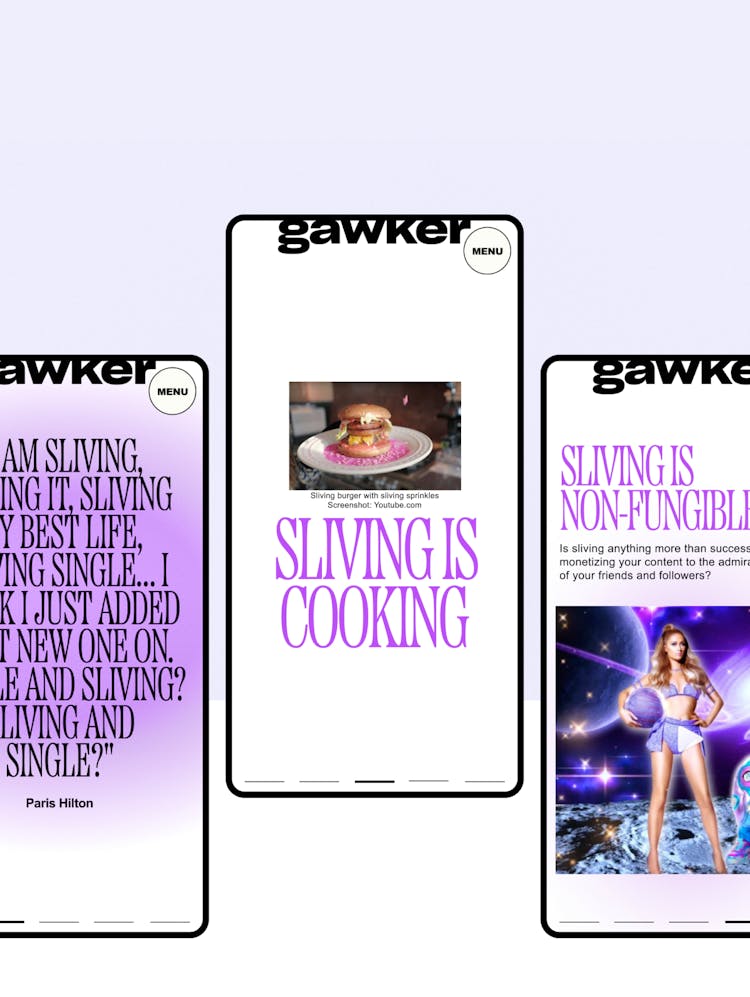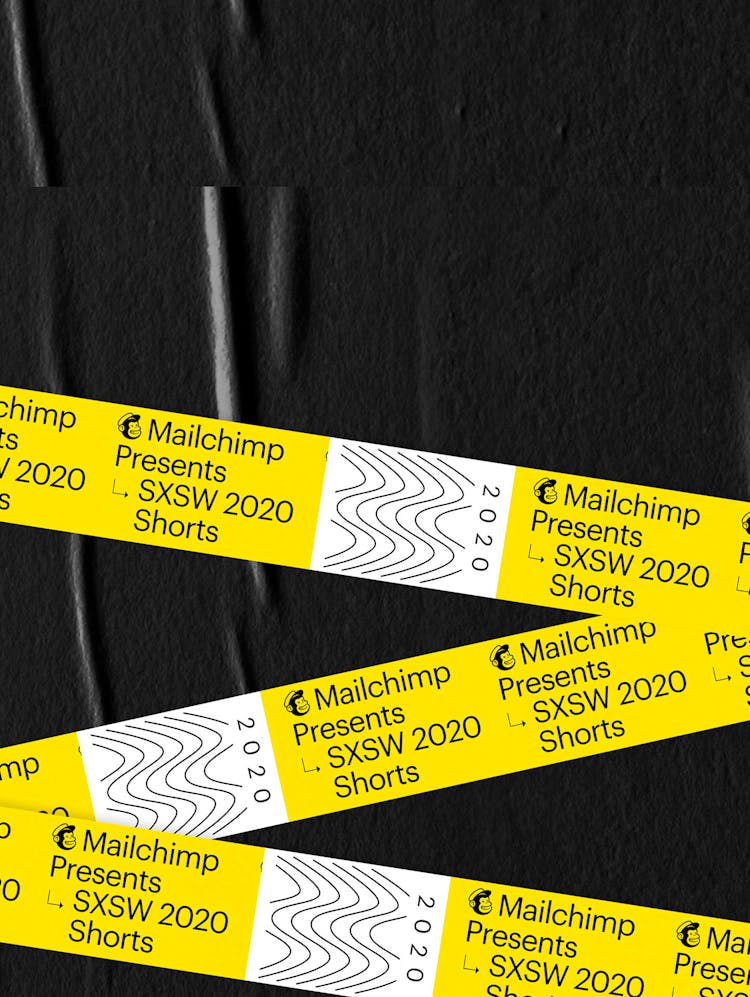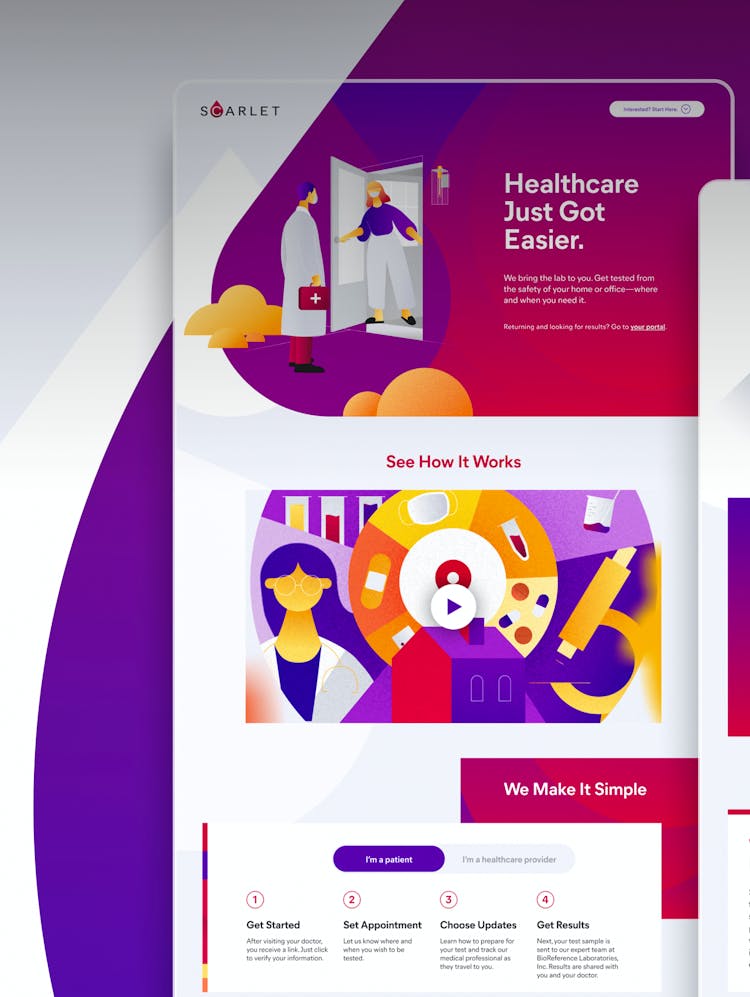
Xfinity Mobile
Defining an end-to-end experience for a new, disruptive brand, complete with a new visual and verbal identity, mobile-first experience, and packaging system.
1
The Background
When Comcast wanted to enter the fiercely competitive mobile provider market, they asked us to define, design and develop their mobile offering and brand.
Comcast had previously attempted entry multiple times without significant success, and they needed substantial support—from refining the vision and product concepts, establishing key value propositions and unique selling propositions to deal with the competition, and overcoming negative marketplace perceptions.

2
The Strategy
Xfinity mobile’s e-commerce model necessitated the creation of an alternative product experience to contend with those employed by its retail competitors.
A personalized solution was needed that would address challenges related to in-home activation, custom order logistics, procedural implementation of technology, and evolving mobile standards. Solving these issues required that essential information be supplied at efficient instances, metered through employing an elegantly simple, yet remarkably flexible unboxing experience.
Based on extensive quantitative and qualitative research, we determined that consumers were deeply dissatisfied with their mobile providers. From dropped calls to complex, high cost plans and bills, consumers were looking for something tangibly different. Something new. Something modern.
Comcast was uniquely positioned to create a new kind of network designed to simplify consumers’ lives and save them money. With a superior network built from 15 million Xfinity Wifi hotspots and a fair price construct, the opportunity was clear.
3
The Solution
We recommended positioning Xfinity Mobile as a challenger brand. With a new identity and disruptive ambition, Xfinity Mobile had the necessary foundation to create a differentiated messaging platform, and a compelling and distinctive user experience.
To bring the network to life, we created a new name and visual identity system that leveraged and extended Xfinity brand equity. The Xfinity Mobile logo is clean, friendly and simple. The New Network graphic is a secondary design element used to communicate the coming together of 4G LTE and Xfinity WiFi to create a new kind of service provider.


4
The Technology
As a net-new service for Comcast, this project required our tech and design teams to navigate many business and product changes that required our tech and design teams to work agilely and adjust to shifting priorities.
From a tech perspective, we had to integrate with net-new content APIs to manage product and line-level subscriptions to the Xfinity Mobile service. Because these were changing from the client’s side often during the process, both teams needed to actively control for Change Management. We followed strict AA compliance of user journeys and marketing content. The AA compliance testing was done hand-in-hand with the Comcast accessibility team using on-site demos.
As one of the early adopters of the WCAG 2.0 spec, Xfinity Mobile was one of our more thorough early implementations.
We underwent PCI compliant payment fulfillment through Cybersource’s iframe implementation, which introduced challenges around data transmission.
Using Three.js, we also built a web-based promotional “3-D” game called “Giggy’s Run” for mobile.
5
The Results
In between online order placement and successful activation lie a series of logistical and user dependent steps which must be correctly completed. Not only does this process require itself to be concrete, but the brand experience must also follow suit.
As reflected by customer and independent feedback, the final design, experience, and brand integrity scored high marks. The unboxing experience itself was met with the highest customer acceptance response across the entire brand journey.
Our partnership with Comcast extended to nearly every touchpoint for Xfinity Mobile. We defined an end-to-end consumer journey. We designed and developed the complete mobile-first experience. And we created a packaging system based on the unique footprint of the phones themselves—including a special edition for the first 20,000 customers.














